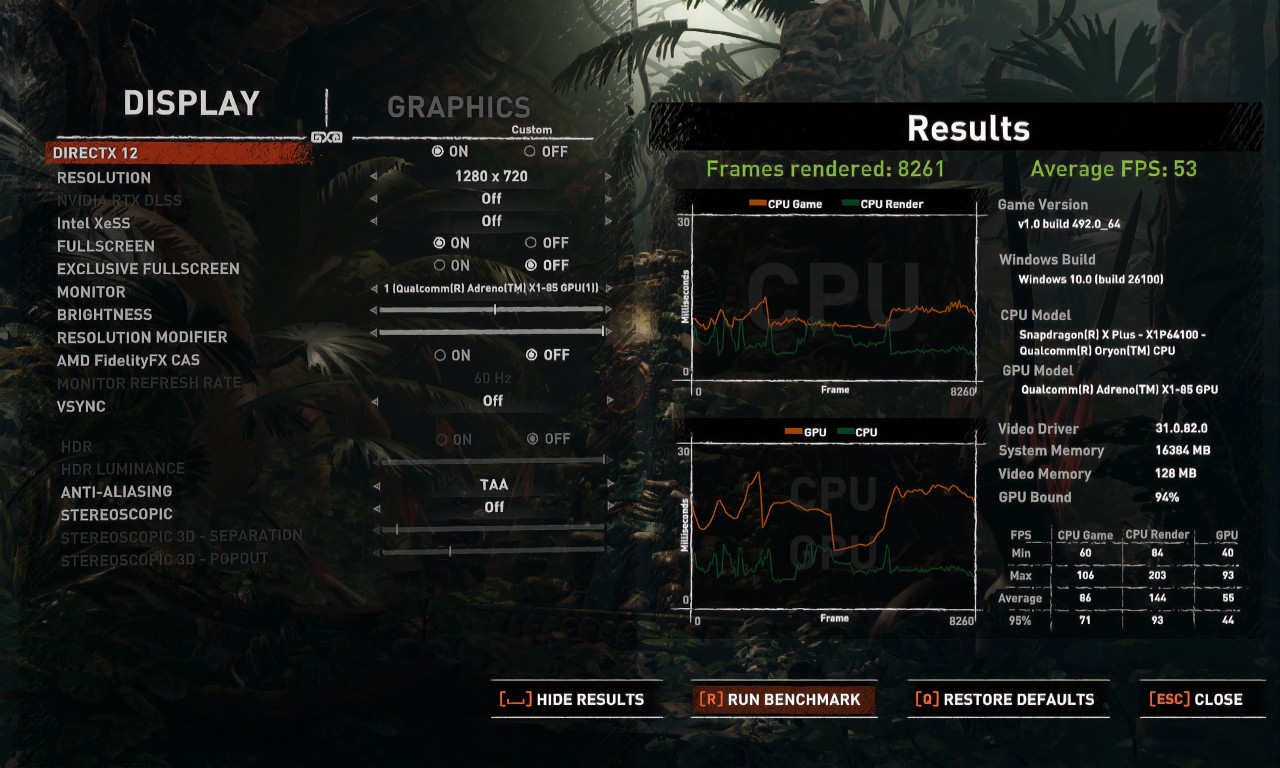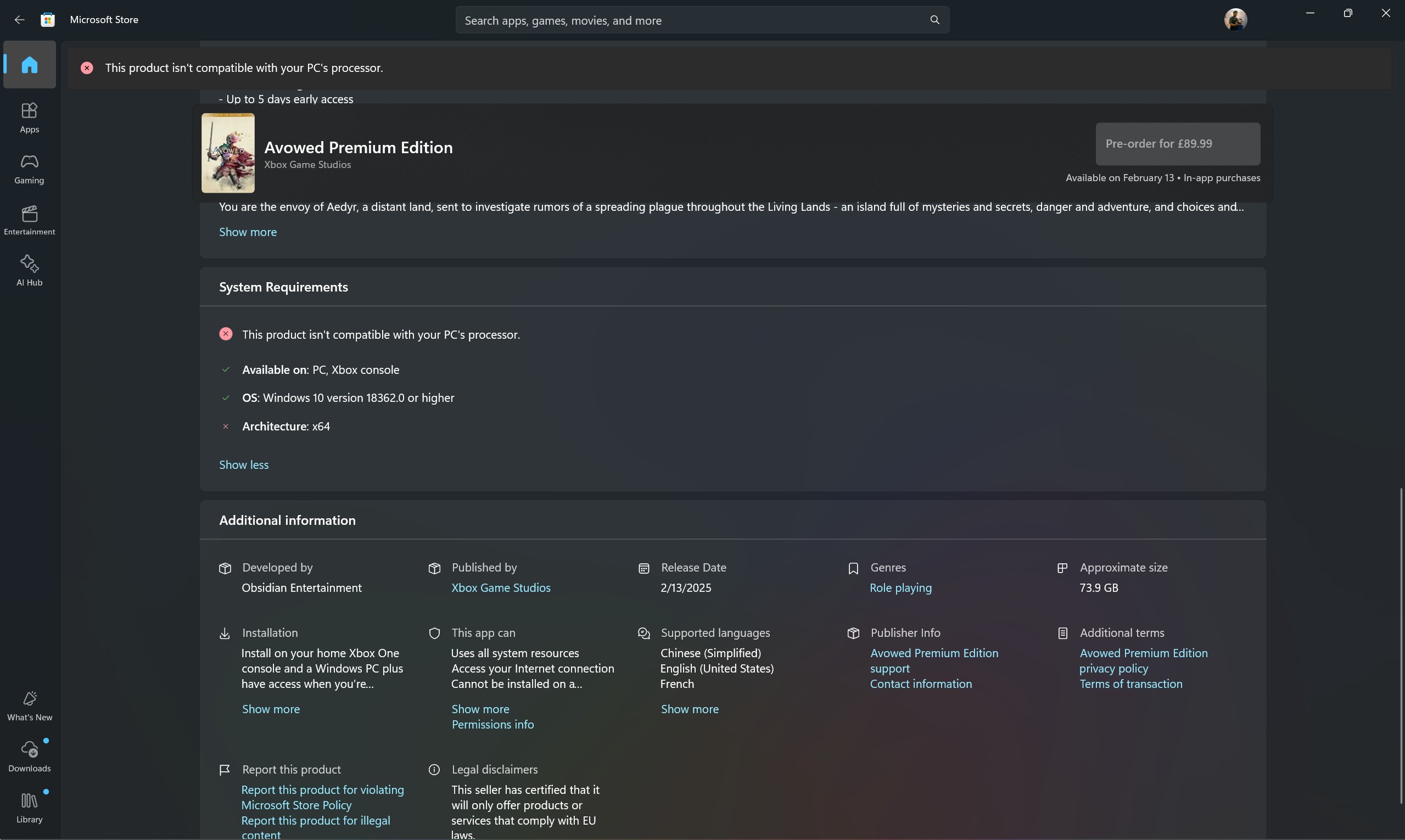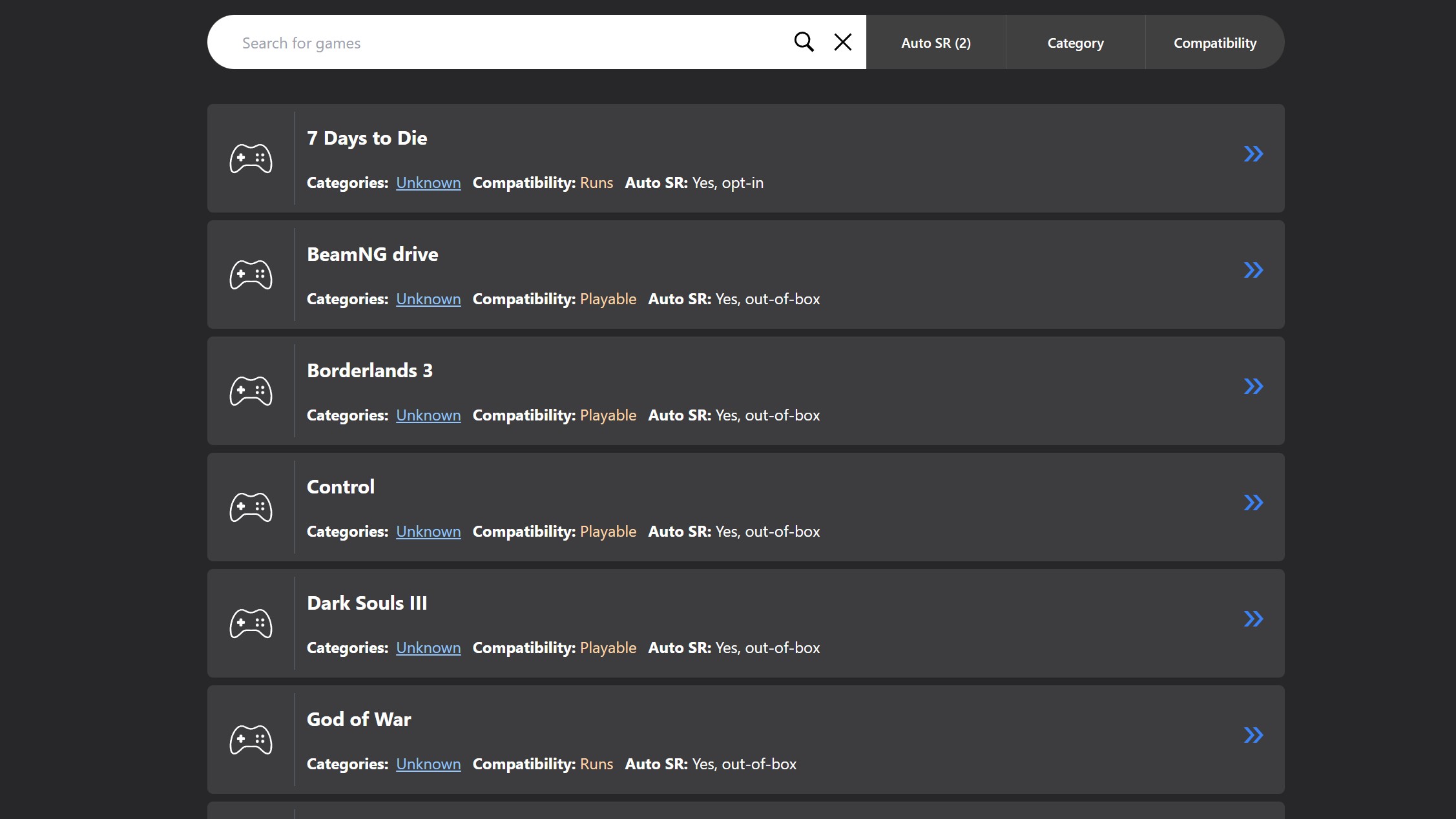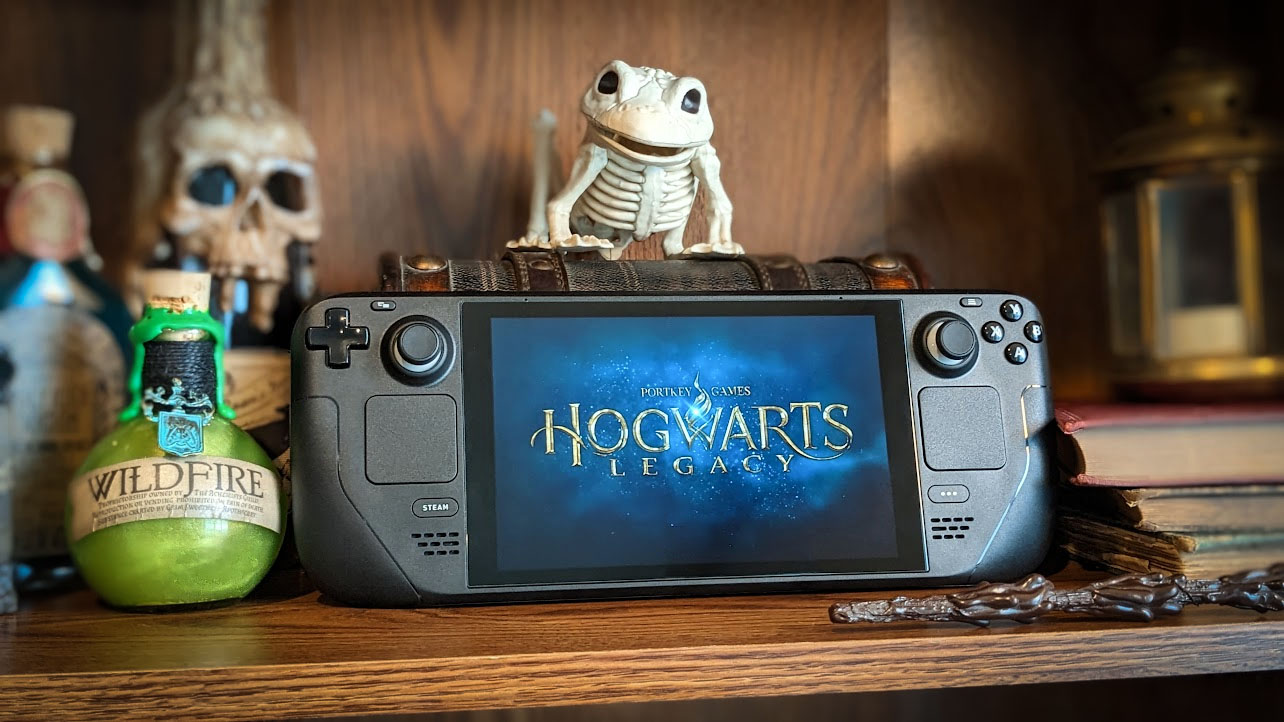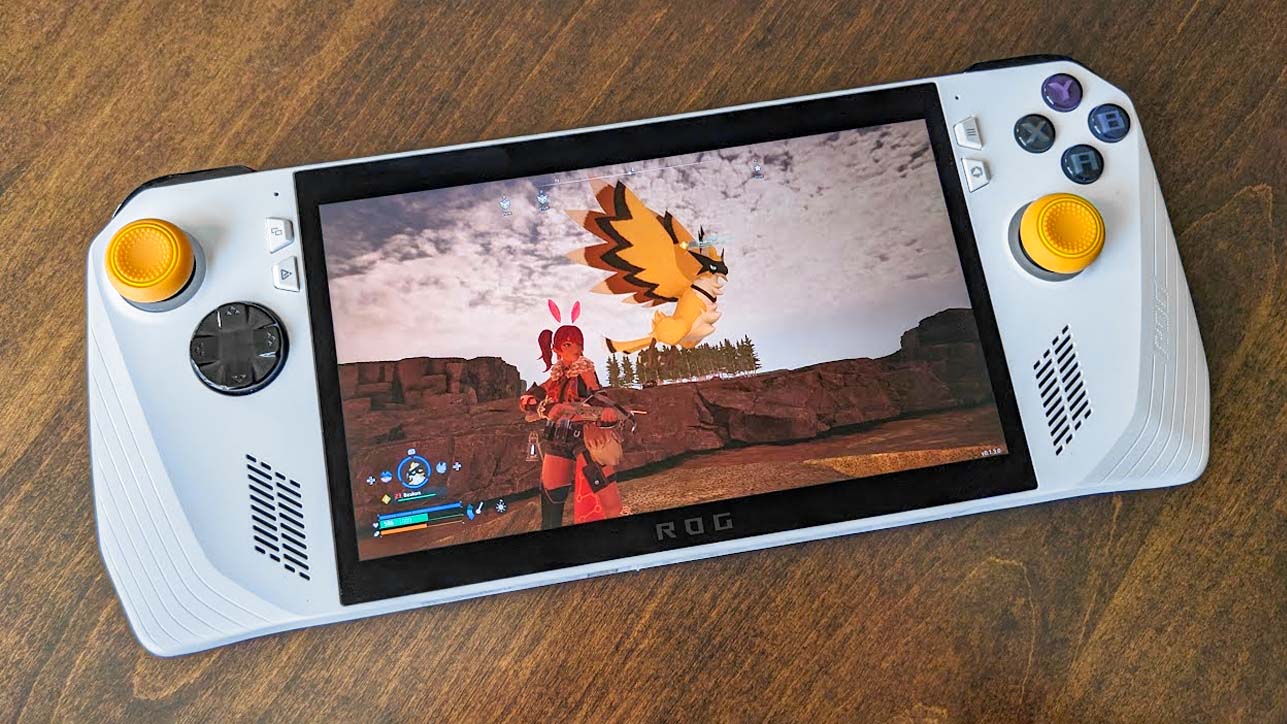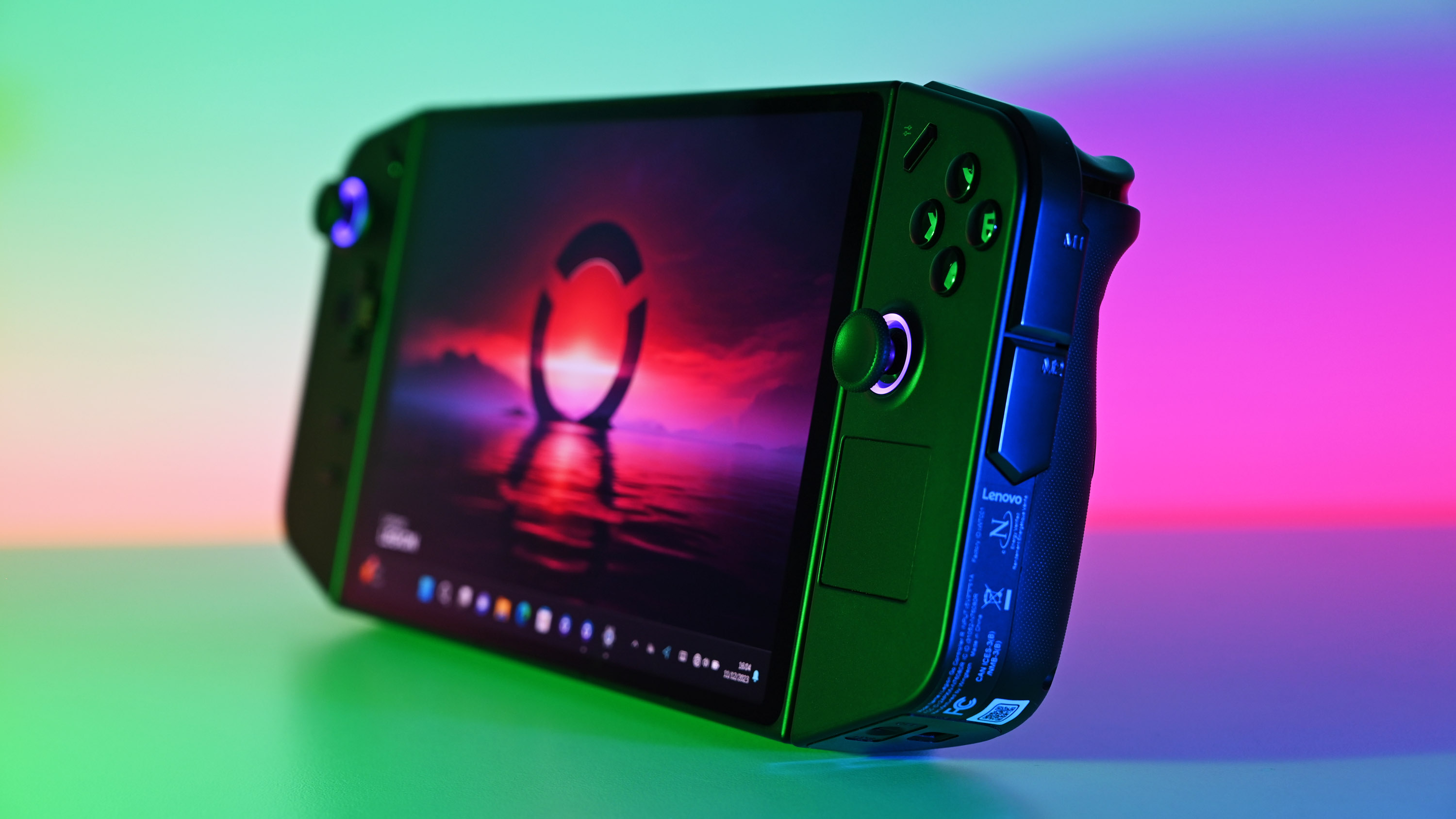We need a Snapdragon X-powered gaming handheld sooner rather than later — How Qualcomm can challenge the Steam Deck
Snapdragon X Plus and X Elite chips are on par with Steam Deck in gaming, but Qualcomm and Microsoft have more work to do.
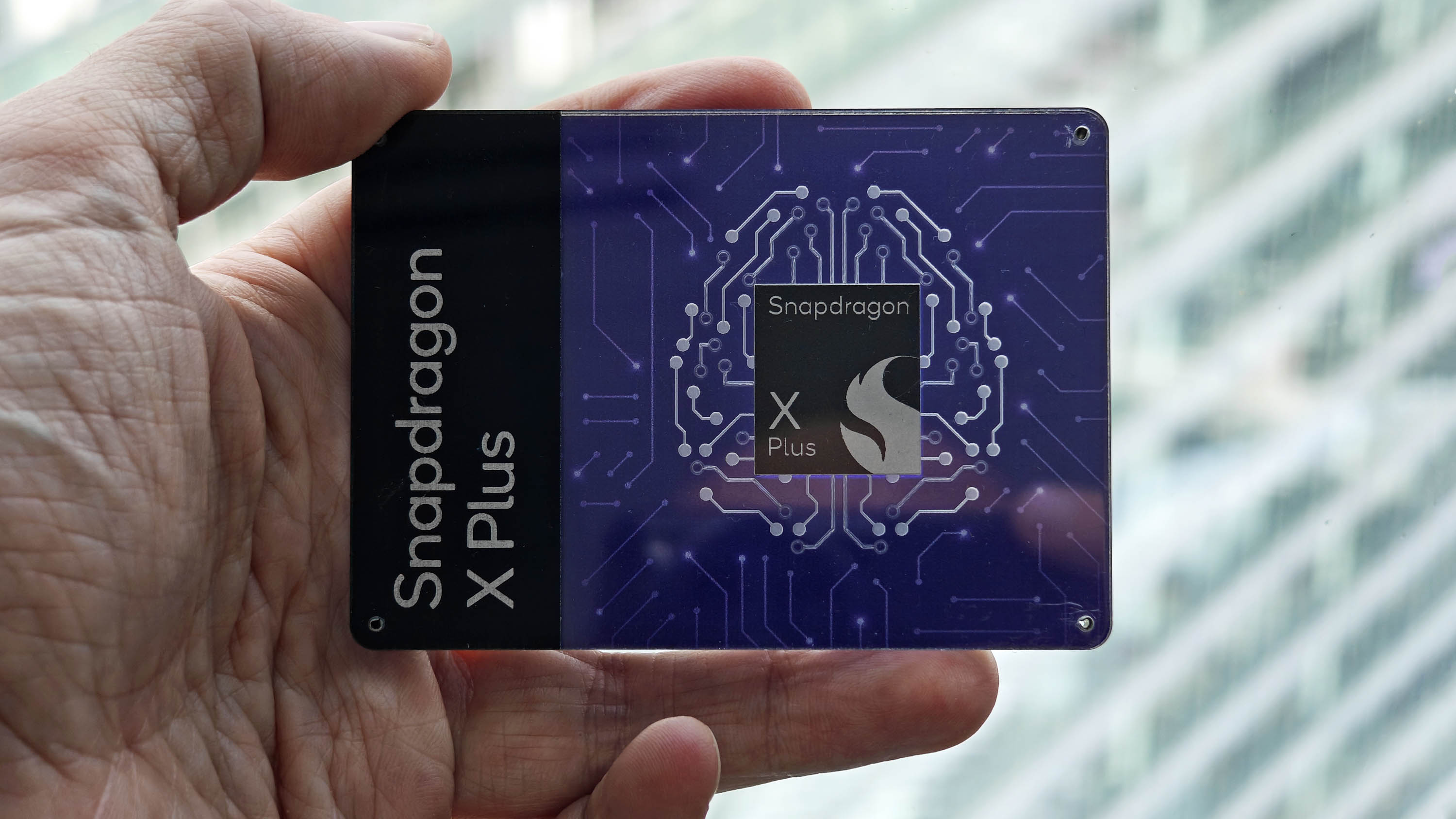
Ever since discovering first-hand how strong Qualcomm's Snapdragon X Elite and X Plus chips perform in Copilot+ PCs, there's been one thing on my mind. This stuff would be great in a gaming handheld. The performance is clearly available, and if paired with the battery life efficiencies you can expect using one, it just makes too much good sense.
I'm not here to proclaim that Snapdragon X is, right now, in February 2025, perfect for a handheld. Because it isn't, but I've been testing out gaming performance on a Snapdragon X Plus this past week courtesy of the Acer Swift 14 AI, and I have a much clearer vision of what I think should happen. I've already tried a Snapdragon X Elite, but this is my first time using the lower-tier chip, and I've compared it to playing games on my Steam Deck to get a real-world idea of how a Snapdragon handheld might actually perform.
The tl;dr is that sooner, not later, we need to see a gaming handheld PC with a Snapdragon chip inside. There is enormous potential, but until it becomes a reality, it'll never progress further than that. Someone needs to take that leap of faith.
Performance on par with a Steam Deck at times
This isn't some massive, sweeping test. Instead, it has very deliberately focused on a select library of games. Partly because I own them on Steam, so I can actually test, but also because I wanted to include games that have Auto SR (Auto Super Resolution) support built in.
If you aren't familiar with Auto SR, I've written a more detailed explainer on it already. Think of it as Microsoft/Qualcomm's answer to FSR, an upscaler that uses AI and is built into Windows 11. Auto SR uses the NPU, offloading processes from the CPU and GPU, thus giving both more resources to work with for gaming. It works really well, but it doesn't support many titles properly as yet. Those that do include 7 Days To Die, Kingdom Come Deliverance, and Shadow of the Tomb Raider, all of which I've been able to test on a Snapdragon X Plus to compare to my Steam Deck.
In these three titles, using Auto SR on Windows 11 and FSR/XeSS upscaling methods on the Steam Deck and the same settings and resolution on each, performance has been comparable. Frame rates in each title were around the same, either using the built-in benchmarks or just playing the game a little. I won't get too scientific, sorry; I simply wanted to see an overview of where the two sit next to each other.
The same can be said of some older titles, too. Bioshock Infinite, for example, isn't particularly taxing to run but hits close to the same performance on the Snapdragon as on my Steam Deck. Importantly, the Snapdragon X Plus can also do this on battery power, just as the Steam Deck can. Not all Windows laptops can say the same when it comes to gaming. Very few can, really. But Qualcomm's chips are almost as performant off the charger as they are on it. For handhelds, that's a big deal.
All the latest news, reviews, and guides for Windows and Xbox diehards.
Work to do from Qualcomm and Microsoft
I've been impressed by the gaming performance offered by Qualcomm's new laptop chips ever since they first arrived. But there's still work to be done. I'm not including anti cheat in that because that's a whole other thing. Instead, I'm simply talking about Qualcomm's drivers, Microsoft's Auto SR, and the laughable state of installing games from Xbox Game Pass/Microsoft Store.
Until I went and downloaded the beta Qualcomm graphics drivers, performance was OK, but nothing more, and at times really struggled. In Shadow of the Tomb Raider, for example, the beta drivers added almost 20 FPS, which is an astonishing improvement. In Kingdom Come Deliverance, it made the game playable, likewise in 7 Days To Die. Software is still important, regardless of how much graphical horsepower you're packing.
Auto SR is a brilliant tool, but it's far too restricted as it lays right now. Only a handful of games have full support, and on those that do, it works astonishingly well. Games look really good on a higher resolution display like the one on this Acer laptop but benefit from the performance of having a lower native resolution. The NPU does the magic in between. I really want to see this expanded significantly because it's too good not to. Right now, it only supports 14 games officially, and only those using DX11 or DX12. Nothing earlier, no Vulkan.
Perhaps the biggest fly in the ointment, though, is an almost blanket ban on installing games from Xbox Game Pass and the Microsoft Store on a Snapdragon machine. The Xbox app flat out doesn't have the Game Pass section, only one for cloud, and if you go directly to the Store, you can't install anything but some older games and 'casual' games. This is embarrassing, honestly. There's a good chance many of these games would work well, but we can't even try them.
In some cases, such as Avowed, you're warned it isn't compatible with your CPU architecture, meaning ARM64 versus x64. However, some older titles, like Gears of War: Ultimate Edition, also claim to only support x64 but can be installed (and it runs at 60 FPS despite some graphical glitches). So, even the block isn't completely consistent. It's peak Microsoft.
The first handheld would kick things into gear, just as the Steam Deck did
Linux gaming existed before the Steam Deck, but it's hard not to agree that Valve's handheld is the reason it has continued to develop. Once, developers would largely ignore Linux, but now, we have upcoming big titles such as Stellar Blade already planning for handheld optimizations on both Windows and Linux. For game developers, Valve does the hardest work with Proton; they don't have to bother targeting Linux natively. That's actually a good thing because, in the past, Linux native ports quickly fell behind. It's a single game on Steam to maintain, and it just works.
Microsoft could have the exact same thing with a Snapdragon-powered handheld. All the benefits of the platform, not least the battery life, a Windows-native upscaling method that utilizes the NPU, and great gaming performance. The problem right now is that there's no real need to do it. Copilot+ PCs aren't gaming machines, they're not marketed at gamers, and yet they can game and Auto SR exists. But it doesn't feel like it's taken seriously enough.
To make that happen, someone needs to go first, and there needs to be a handheld to get the market going. If the Steam Deck hadn't existed when it did, would we have the ROG Ally and Legion Go as we know them today? Since Microsoft and Qualcomm seem to have this partnership going on, why not a Microsoft/Xbox handheld powered by Snapdragon? We can dream, I guess.
Ultimately, I'm not totally convinced that this will become enough of a priority anytime soon, despite obvious benefits. My ROG Ally, before it died, had atrocious battery life. Simply swapping in a Snapdragon X would probably improve that without having to make the physical battery bigger. The pieces are all there, but they're nowhere close to completing the puzzle. Handhelds are a continually growing market, and instead of endless Copilot-related products, how about something fun that takes advantage of all this AI buzz?

Richard Devine is a Managing Editor at Windows Central with over a decade of experience. A former Project Manager and long-term tech addict, he joined Mobile Nations in 2011 and has been found on Android Central and iMore as well as Windows Central. Currently, you'll find him steering the site's coverage of all manner of PC hardware and reviews. Find him on Mastodon at mstdn.social/@richdevine
You must confirm your public display name before commenting
Please logout and then login again, you will then be prompted to enter your display name.
